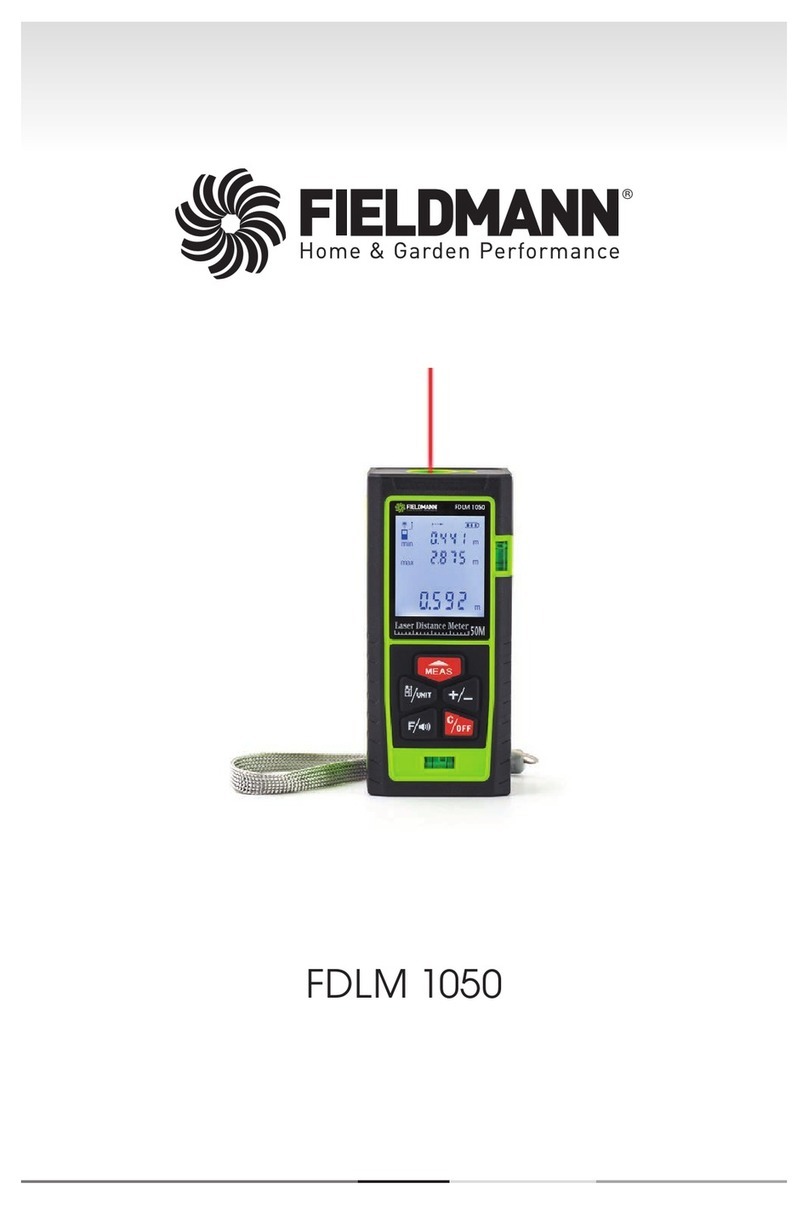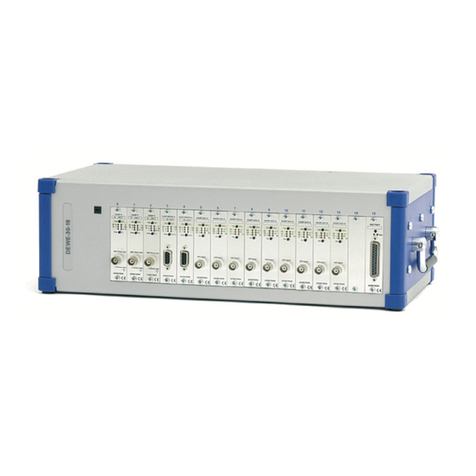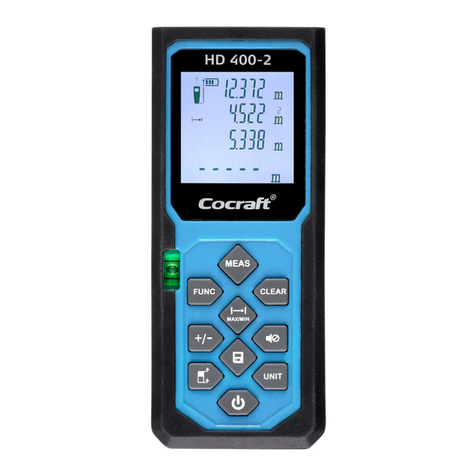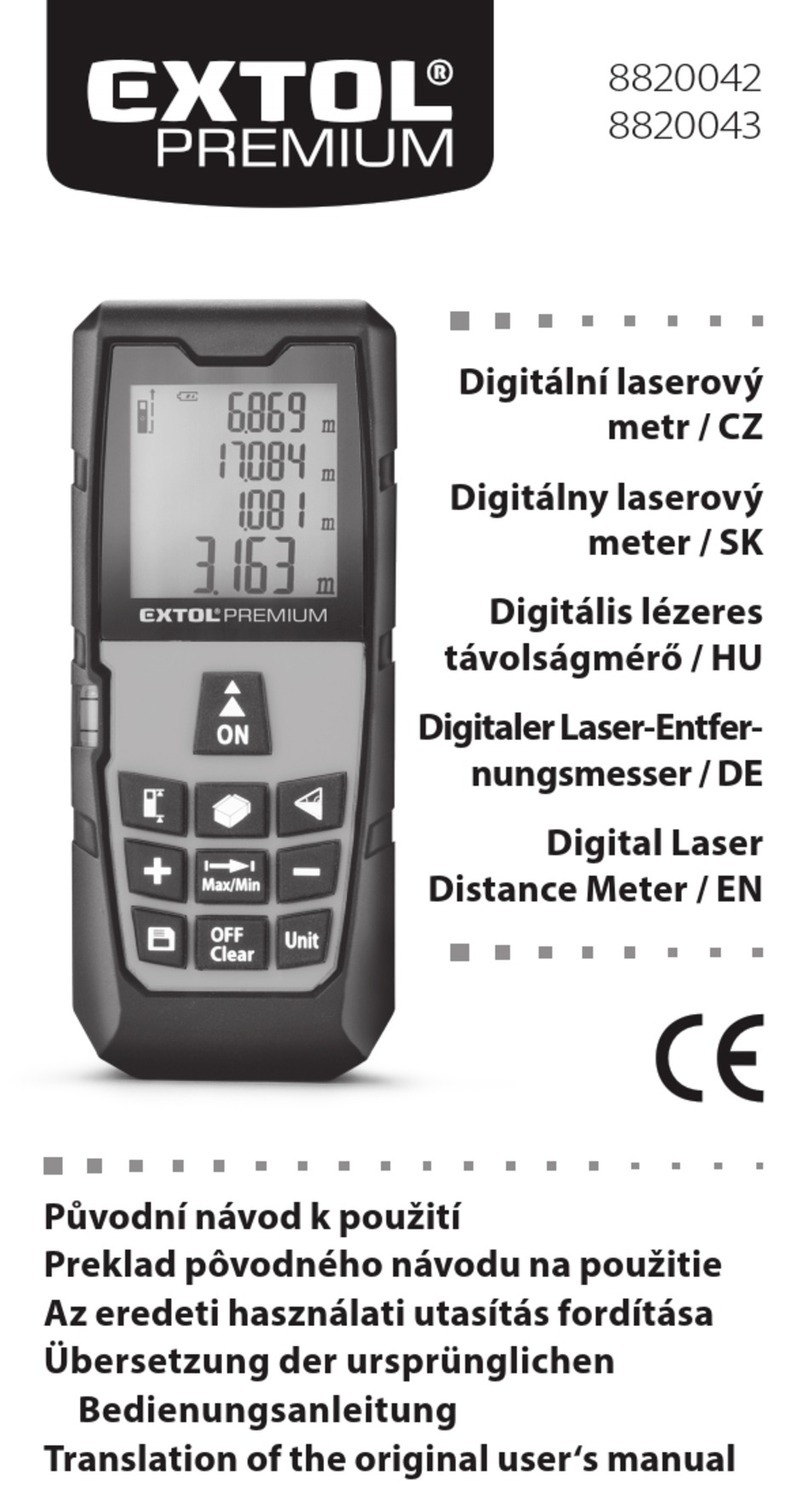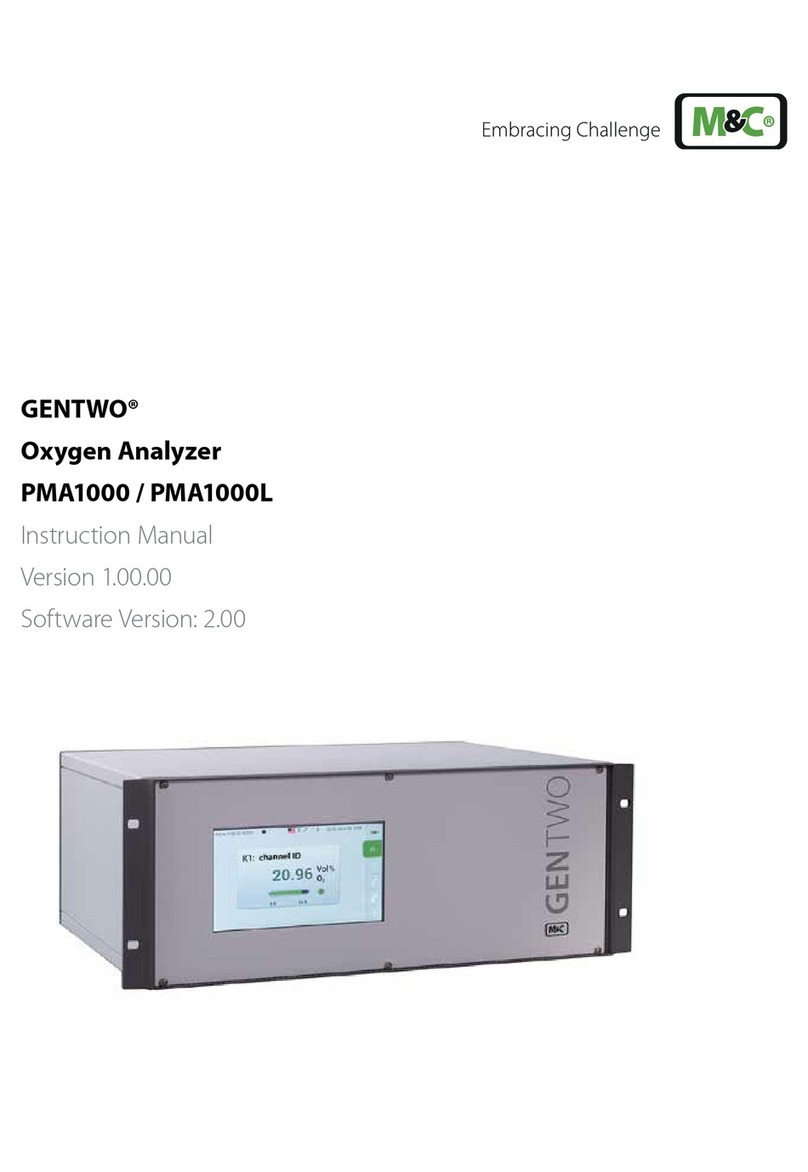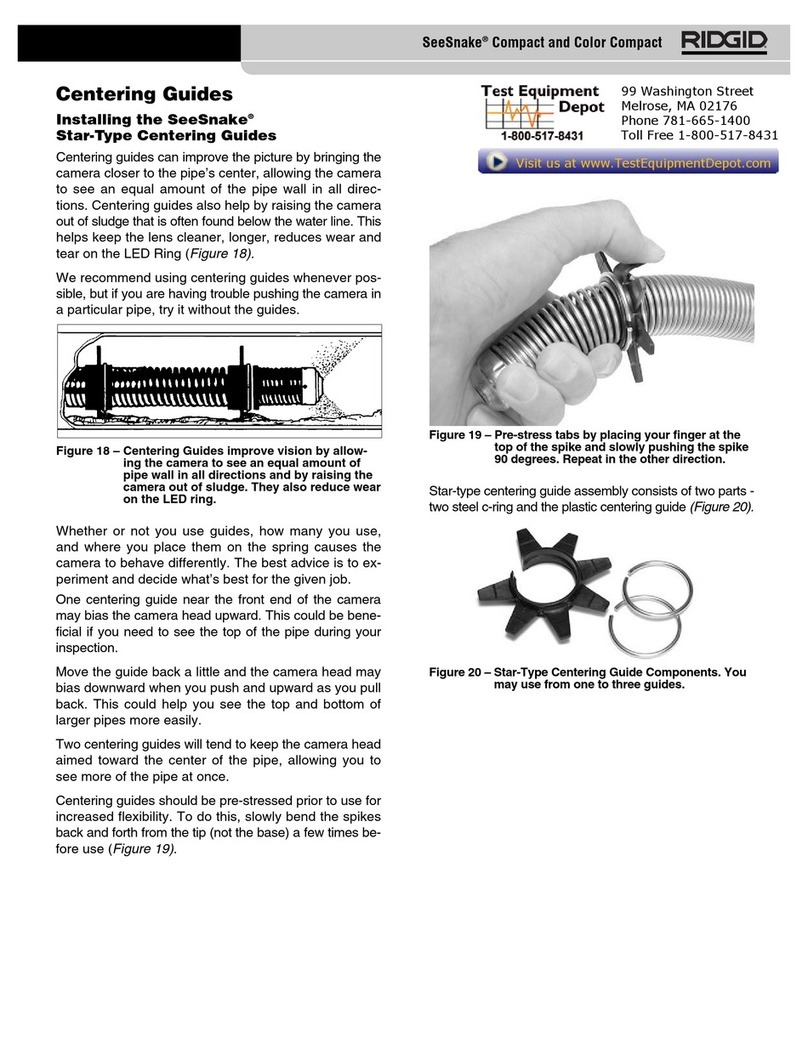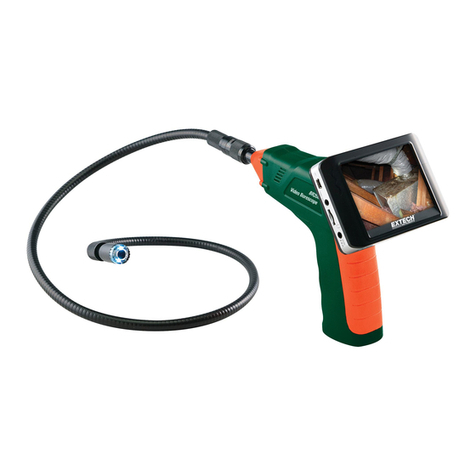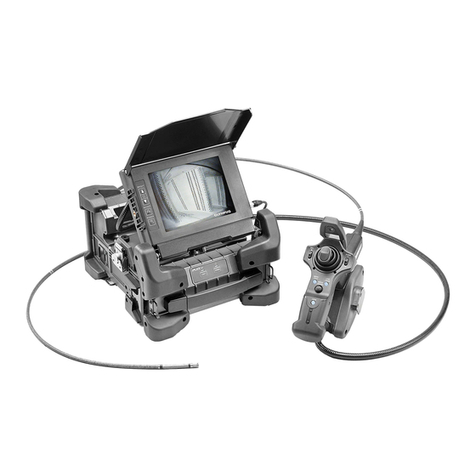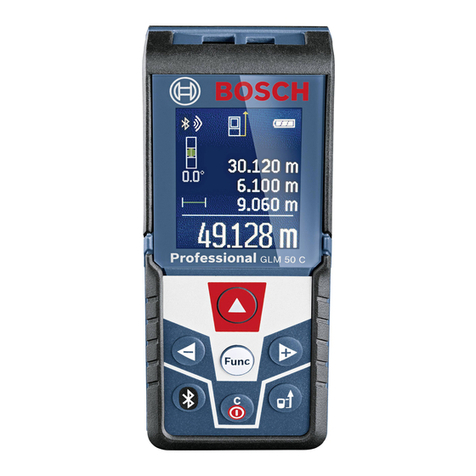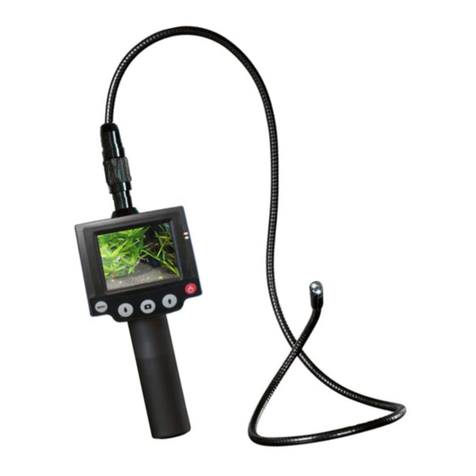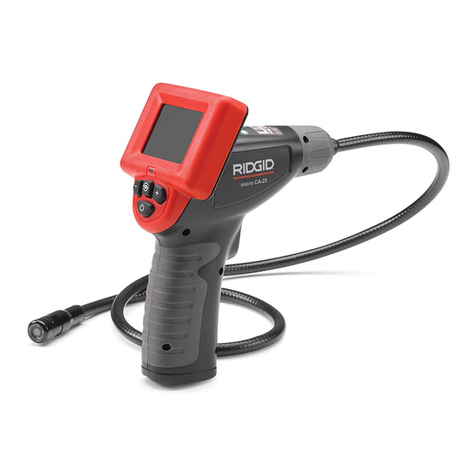
JSR-15R User’s Manual – 7093118B i
Table of Contents
Preface .................................................................................................. iv
1. Introduction ..................................................................................... 1
How to Use this Manual .................................................................................................................1
2. Controls and Connectors ............................................................... 2
Front Panel Controls.......................................................................................................................2
LCD Display ..............................................................................................................................2
Up/Down Arrow Keys ...............................................................................................................3
Left/Right Arrow Keys ..............................................................................................................3
Numeric Keypad ........................................................................................................................3
Function Keypad ........................................................................................................................3
Rear Panel.......................................................................................................................................4
HV..............................................................................................................................................4
5V...............................................................................................................................................4
AUX2 .........................................................................................................................................4
AUX1 .........................................................................................................................................5
SIG .............................................................................................................................................5
Power..............................................................................................................................................5
Ethernet........................................................................................................................................... 6
Diff Input ........................................................................................................................................6
3. Basic Operation............................................................................... 7
Unpacking – Visual Inspection.......................................................................................................7
Connecting the JSR-15R ................................................................................................................7
Communication Setup ....................................................................................................................8
Assignment of Static IP..............................................................................................................8
Driver Installation ....................................................................................................................11
Front Panel Operation...................................................................................................................12
Run Display .................................................................................................................................. 13
Setup Menu Display .....................................................................................................................14
Battery Diagnostics Display .........................................................................................................17
